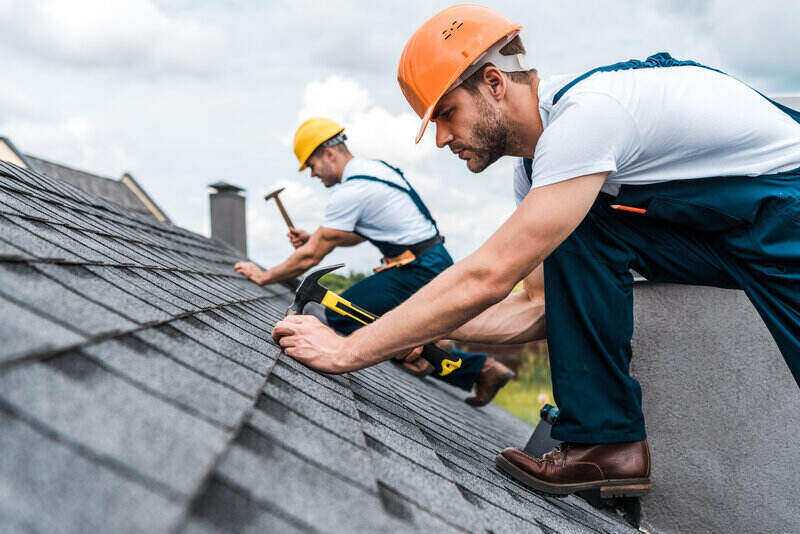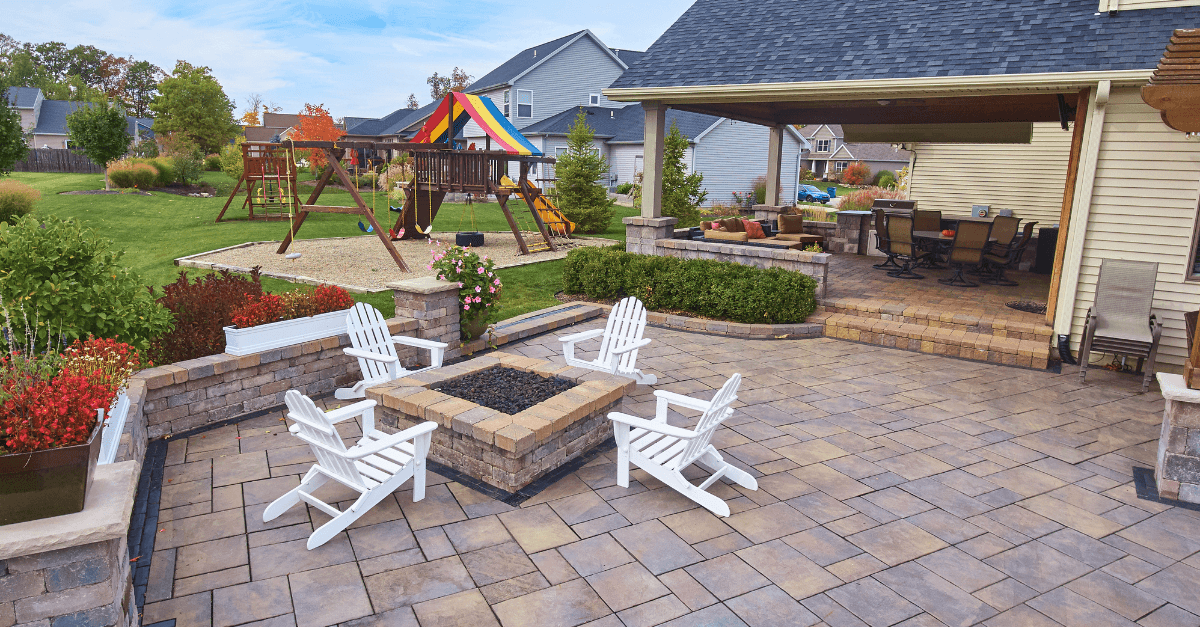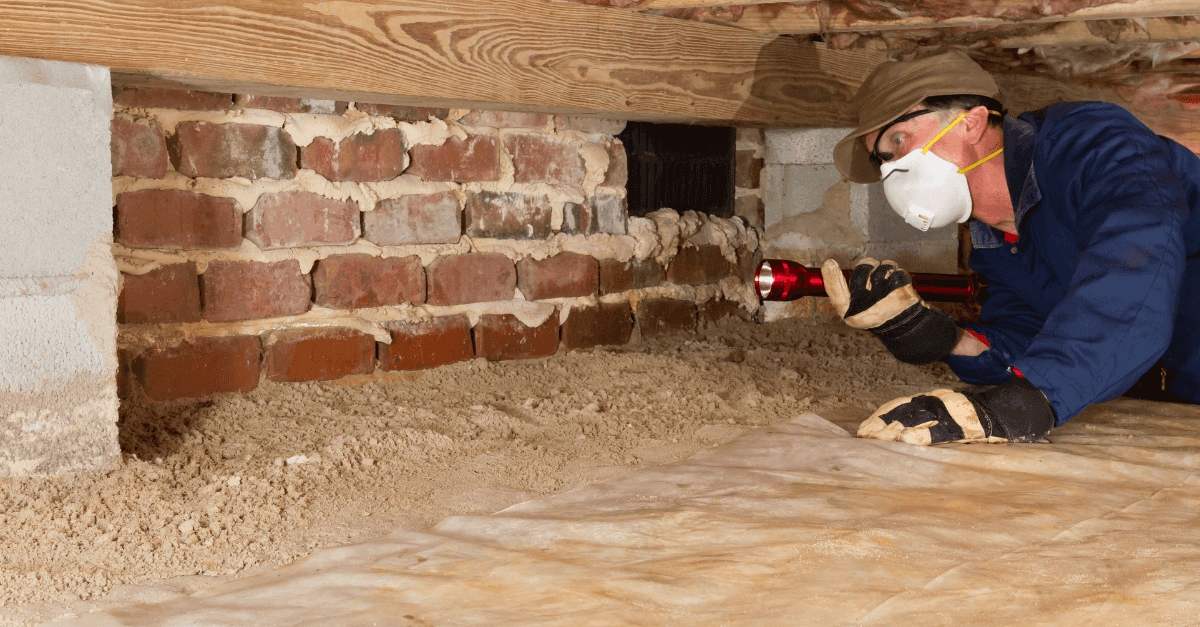Should You Repair or Replace Your Roof?

Most homeowners agree that your roof is nothing to mess around with. A damaged or leaking roof can result in a long list of unpleasant outcomes, including structural damage, rotting wood, mold, and even electrical fires. Any sign of a roof leak should take high priority on your list of upcoming home repairs.
But what if you’re unsure of whether you want to repair, re-roof, or replace it entirely? Depending on your situation, you could save a considerable amount of money repairing a roof compared to replacing it. Here we’ll cover your three options to fix a damaged roof and when you should and shouldn’t consider it.
Roof Repair
The first and most economical option is to repair the damaged part of your roof. This is a good option when your roof isn’t very old and it’s in otherwise good condition. It’s also a good option if you can identify exactly where it’s damaged or leaking.
Where a roof repair gets risky is when you have a leak but aren’t 100% certain where it’s coming from. Be sure to get assessments from multiple roofing contractors to determine if there is consensus on what needs to be done to repair the issue.
Re-Roof
Another option you have is a re-roof. This is when a roofer will add an additional layer of asphalt shingles on top of the existing roof. This is a more economical option of getting a “new roof” because you’re avoiding the costs of removing and disposing of the existing roof material.
This could be a good option for you if you only have 1 layer of asphalt shingles on your current roof. Most states prohibit contractors from performing re-roof if there is more than 1 layer of shingles on your structure. You can easily determine this by lifting back the first layer of shingles on the eave of the roof. If you pull the first layer back and see underlayment or wood, you only have one layer. If you see more shingles, a re-roof is not for you.
For re-roofing, it’s important that the preexisting roof system is in good condition. It can be outdated but there should be no existing leaks or rotten wood. The risk you take with re-roofing is that there is no precise way of determining if part of your roof decking has rotted. If you do have a lot of rotten wood and you don’t address it, you could be looking at worse issues down the road. Get into the attic and have a look at the roof decking from underneath. Look for discoloration or water marks that could be a sign of rotten wood on the other side. If you find evidence of water or rotted wood, your safest option will be the full roof replacement.
Roof Replacement
This is your last and most expensive option, but it’s also your safest option. A roof replacement entails the tear off and removal of all preexisting roofing materials, replacement of rotted decking, new underlayment and asphalt shingles, and flashing installed at all roof intersections where leaks can occur.
The benefits for the homeowner are obvious. If there’s an issue with your roof, this is the only way to be sure to find it. It also leaves the homeowner with peace of mind knowing that if it was done well, it will be a long time until anyone will have to repair it again.
The downside is that it costs more. There’s also a risk that the end price could be much higher than the initial estimate if the existing shingles are removed and there’s more rotten wood than anticipated. Most roofing contractors will include a few squares of rotten wood replacement in the estimate, but if the whole roof deck needs to be replaced then it could end up costing thousands of dollars more. That may hurt your wallet in the short term, but in the long run it will prevent worse issues from arising.


